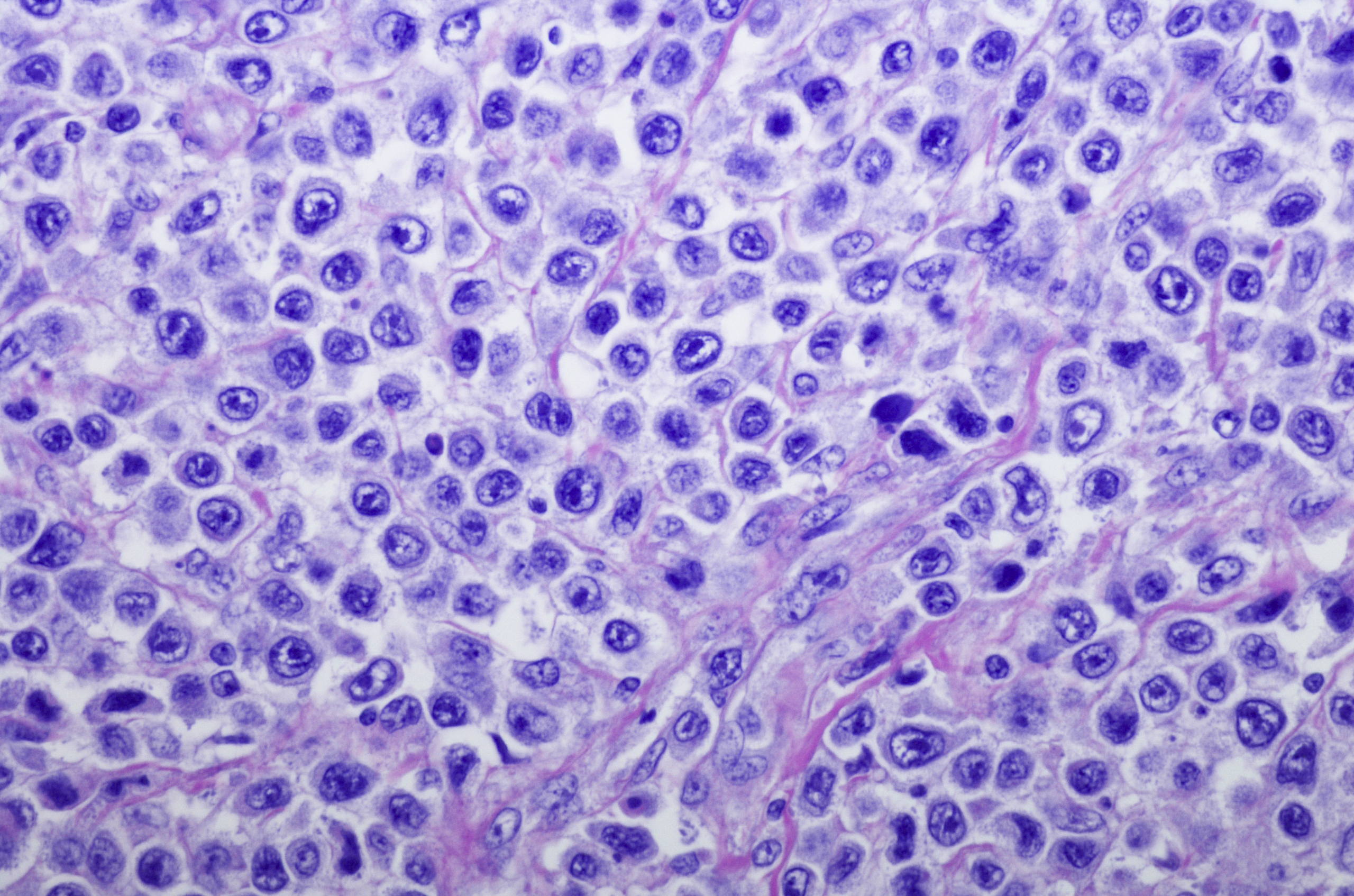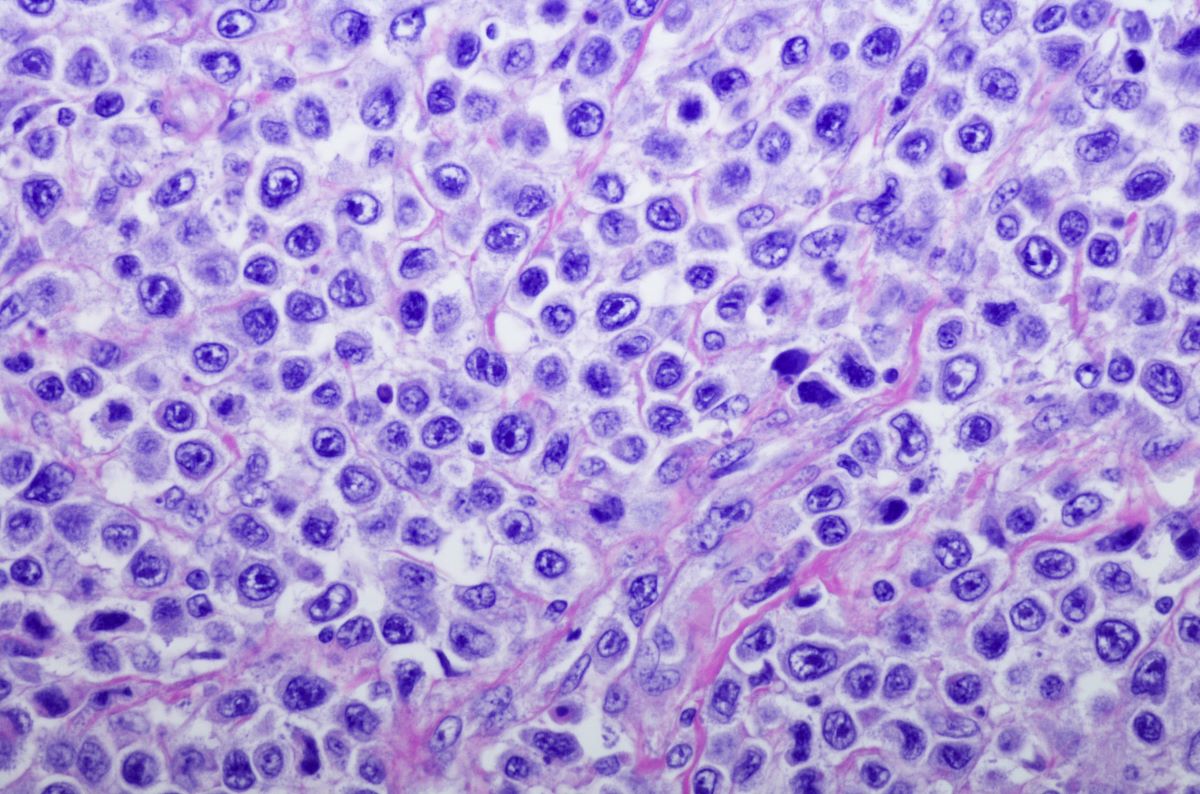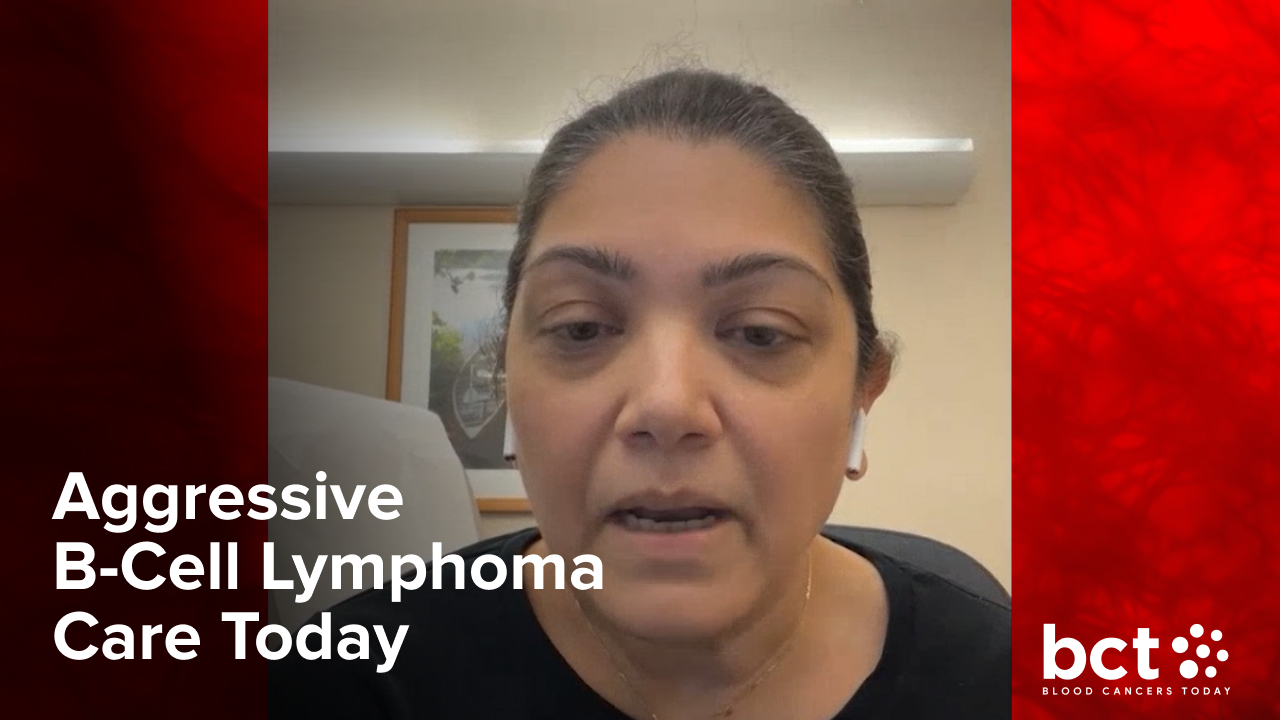
Odronextamab had “meaningful clinical efficacy” in patients with relapsed/refractory diffuse large B-cell lymphoma (DLBCL), according to results from the phase II ELM-2 study.
Won-Seog Kim, MD, PhD, of the Samsung Medical Center’s Center for Hematologic Malignancy in Seoul, South Korea, and colleagues presented the results during the 2022 American Society of Hematology Annual Meeting.
Odronextamab is a hinge-stabilized, human immunoglobulin G4-based CD20×CD3 bispecific antibody that demonstrated “encouraging activity” in patients with DLBCL in the phase I ELM-1 study, according to Dr. Kim and colleagues. The ELM-1 study, which tested the bispecific antibody in patients who received at least two prior lines of therapy, determined the recommended phase II dose would be odronextamab 160 mg weekly. The overall response rate (ORR) was 53% in the ELM-1 trial, with a complete response (CR) rate of 53%.
ELM-2 enrolled adult patients with relapsed/refractory DLBCL who received at least two prior lines of therapy, including an anti-CD20 antibody and an alkylator. Investigators enrolled patients from 91 sites in 13 countries.
Patients received odronextamab intravenously in 21-day cycles with steroid prophylaxis and weekly step-up dosing during cycle one to reduce the risk of acute toxicity. The initial step-up regimen was odronextamab 1 mg split over the first two days of cycle one, 20 mg split over days eight and nine of cycle one, and a full 160 mg dose on day 15 of cycle one.
The investigators modified the initial regimen during the study to “further mitigate [cytokine release syndrome] risk by adding an intermediary step-up dose,” they wrote.
The modified regimen consisted of odronextamab 0.2 mg on the first day of cycle one, 0.5 mg on the second day of cycle one, 4 mg split between days eight and nine of cycle one, and 20 mg split over days 15 and 16 of cycle one, followed by a full dose of 160 mg on the first day of cycle two. The patients received the 160 mg dose weekly until the end of the fourth cycle. They then received maintenance therapy with odronextamab 320 mg every two weeks until disease progression or “unacceptable toxicity,” according to Dr. Kim and colleagues.
The study’s primary endpoint was ORR, as assessed by independent central review per the Lugano 2014 criteria.
The researchers evaluated 121 patients for safety and 90 for efficacy as of April 2022. The median patient age was 67 years and 60% of patients were male. Most patients (80%) had Ann Arbor stage III or IV disease, with a median number of two prior lines of therapy. More than half (56%) of patients had primary refractory disease, while 65% were double refractory to an anti-CD20 antibody and an alkylator in any line of therapy. The median follow-up was 17.1 months.
The ORR was 53%, with 48 of the 90 patients who were evaluable for efficacy responding to the treatment. The CR rate was 37% and the median CR duration was not reached. CRs were “durable,” with a 73% probability that a CR would be ongoing at nine months, according to Dr. Kim and colleagues.
The ORR and CR rate were “consistent across high-risk subgroups and in the subgroup treated with the [modified] step-up regimen,” according to the researchers.
Nearly all the 121 patients (97%) who were evaluable for safety had treatment-emergent adverse events. The events were considered treatment-related in 84% of patients. The most common treatment-emergent adverse event was cytokine release syndrome, reported in 53% of patients. Pyrexia occurred in 41% of patients, while anemia occurred in 34%. No cytokine release syndrome events of grade 3 or higher occurred after the modified step-up regimen was implemented. Immune effector cell-associated neurotoxicity syndrome occurred in 6% of patients who received the initial regimen and in 4% who underwent the modified regimen.
Grade 5 treatment-related adverse event occurred in 2% of patients, while treatment-related adverse events led 7% to discontinue treatment.
“In the first results from a pivotal [phase II] trial, odronextamab demonstrated clinically meaningful efficacy, durable CRs, and manageable safety with only low-grade [immune effector cell-associated neurotoxicity syndrome] reported with the [modified] regimen,” Dr. Kim and colleagues concluded. “The results of this study confirm the preliminary odronextamab activity observed in ELM-1, and collectively show odronextamab efficacy both before and after CAR-T therapy in hard-to-treat, highly aggressive [relapsed/refractory] DLBCL, while at the same time demonstrating a manageable safety profile.”
Reference
Kim WS, Kim TM, Cho SG, et al. Odronextamab in patients with relapsed/refractory (r/r) diffuse large B-cell lymphoma (DLBCL): results from a prespecified analysis of the pivotal phase II study ELM-2. Abstract #444. Presented at the 64th American Society of Hematology Annual Meeting and Exposition; December 10th-13th, 2022; New Orleans, LA.






 © 2025 Mashup Media, LLC, a Formedics Property. All Rights Reserved.
© 2025 Mashup Media, LLC, a Formedics Property. All Rights Reserved.